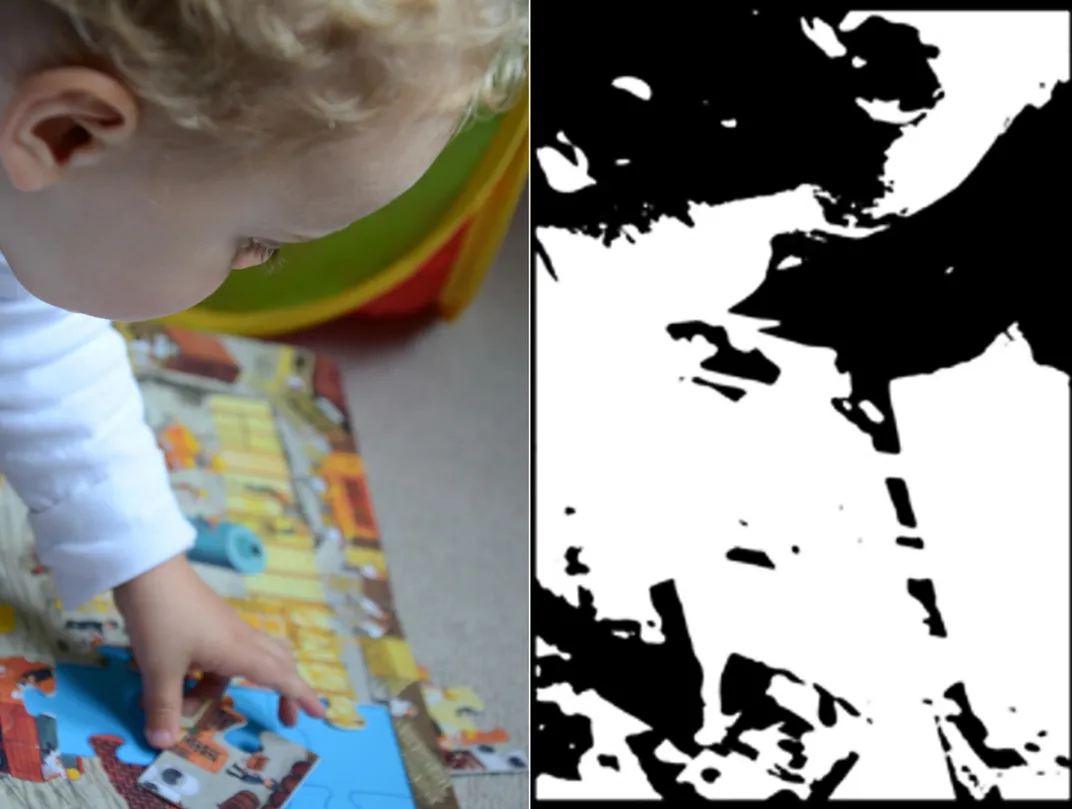Where Do Hallucinations Come From? It May Just Be What You’ve Seen
It may be our brains overriding what is there with what it expects to see, according to new research
/https://tf-cmsv2-smithsonianmag-media.s3.amazonaws.com/filer/44/44/4444df91-e5a9-4c0a-9b5d-a7dd914828c3/42-50142158.jpg)
Hallucinations, where people see, hear or even smell things that aren’t there, may be more common than you might think. They are "an essential part of the human condition," writes neurologist Oliver Sacks in his book Hallucinations. For decades, that experience has been regarded as a sign that someone is insane (or using drugs), in part because scientsts don't fully understand why people hallucinate. But as they learn more, that misconception is slowly changing.
New research suggests that there’s an imbalance between two kinds of image processing in the mind, reports Julie Beck for The Atlantic. Visual hallucinations may arise when the brain relies more heavily on expectations of sight than what can actually be seen.
"Vision is a constructive process—in other words, our brain makes up the world that we 'see'," explains lead author Christoph Teufel from Cardiff University, in a press release. "It fills in the blanks, ignoring the things that don't quite fit, and presents to us an image of the world that has been edited and made to fit with what we expect."
Teufel and his colleagues tested their idea with study partincpants using a set of images that resemble an inkblot test. But Teufel's images were originally pictures converted to black and white and treated with high contrast. A child playing with a puzzle becomes a confusing pattern of black splotches and white spaces.

The ability to parse the image out of these confusing pictures shows a greater tendency hallucinate—in essense, a visual system that fills in the blanks more readily.
When the researchers showed the two-tone image to the study participants and asked them to identify people or objects, people who had experienced some psychotic symptoms—such as hallucinations or delusions—but weren't diagnosed with any disorders, were better able to spot the picture in the image than those without.
But even among people without previous psychotic experiences, some were more susceptible to hallucinations. The better performing group all had personality traits placing them at a greater risk for psychosis.
These results suggest that there is a spectrum of hallucinations, which could help explain why stress or environment often induces this hallucinatory frame of mind—like space making astronauts hallucinate.
While the researchers frame their discussion of the results in terms of the emergence of mental illness, the findings are about more that just the emergence of psychosis, another author of the study Naresh Subramaniam explains in the press release. "[T]hese symptoms and experiences do not reflect a 'broken' brain but rather one that is striving—in a very natural way—to make sense of incoming data that are ambiguous."